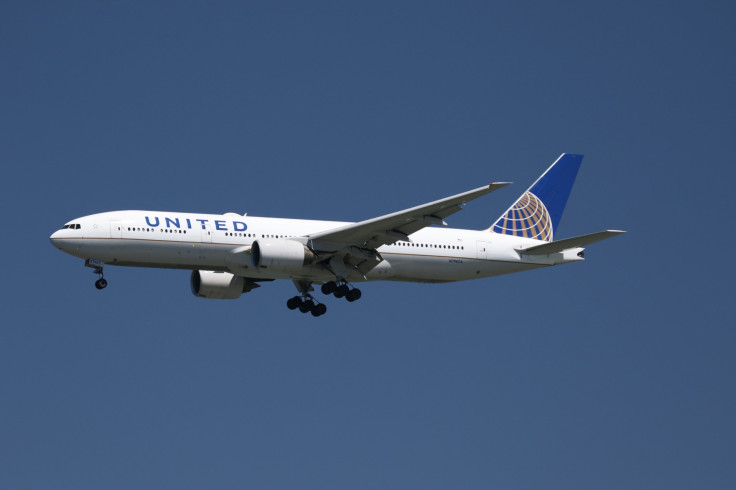EPA To Regulate Airlines For Environmental Risk To Human Health

The Obama administration plans to begin regulating greenhouse gas emissions from aircrafts after an Environmental Protection Agency report published Wednesday found that airline emissions pose a serious risk to human health in part because they contribute to global warming. But the enforcement of any environmental regulations is expected to be difficult and complex as international flights and airlines could be outside of the EPA's jurisdiction.
"If you're a big airline and you're flying to 100 countries a day, then complying with all those different regimes is an administrative nightmare," Paul Steele, senior vice president at the International Air Transport Association, the industry's main global organization, told Reuters.
The aviation industry is responsible for roughly 11 percent of greenhouse gas emissions in America's transportation sector and 3 percent of the United States' total output, according to coverage by International Business Times last week. Airlines have been placed under the Clean Air Act in part because of a lawsuit in 2012 against the EPA by environmental groups to regulate the industry.
"With today's announcement, President Obama has a unique and extremely important opportunity to demonstrate leadership not only domestically but around the world," William Becker, executive director of the National Association of Clean Air Agencies, told the New York Times.
While the administration has not announced any new rules or regulations on airlines with the "endangerment finding" by the EPA, the announcement puts the United States ahead of the United Nations' International Civil Aviation Organization, which is set to release its CO2 standard for aircrafts in February 2016. Those regulations are expected to apply only to new aircraft designs released after 2020, leaving out many older planes that could still be in the air for another 20 to 30 years, according to Reuters.
The aviation industry generally prefers internal or international regulation rather than different national standards in order to not have to deal with multiple governmental and bureaucratic complexities. And many airlines have been trying to implement energy and fuel efficient measures on their own, in part because of high fuel costs. Each 5.5 pounds of weight reduced on an airplane translates to a one-ton reduction in carbon emissions per year, according to the IATA.
© Copyright IBTimes 2024. All rights reserved.






















